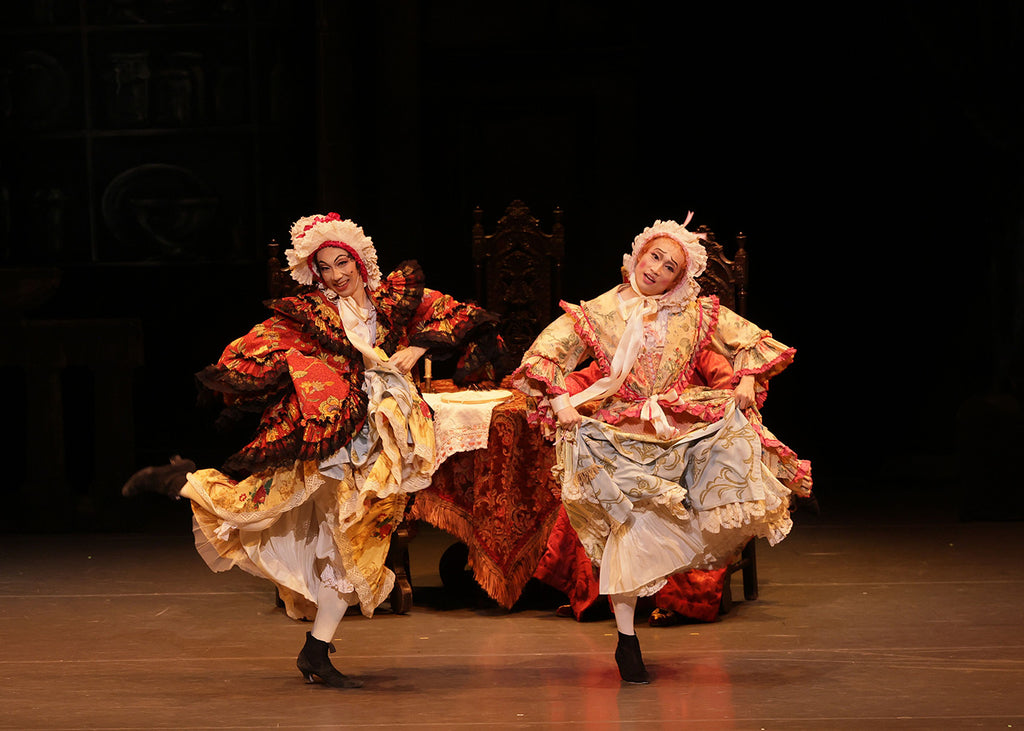Critic's Picks 2025
Throughout the year, our critics attend hundreds of dance performances, whether onsite, outdoors, or on the proscenium stage, around the world.
Continue Reading
World-class review of ballet and dance.
The National Ballet of Japan’s rendition of the Frederick Ashton classic, “Cinderella,” offers an authentic taste of English tradition, subtly flavored by Japanese aesthetics. A perennial favourite (mounted 13 times by NBJ in the past 20 years), this season’s performances honor both East and West. It’s part of the “Ashton Worldwide 2024–2028” as tribute to the revered choreographer, while also one of 11 works in the Japanese Agency for Cultural Affairs’ 80th annual Arts Festival, featuring both Japanese traditional and Western classical arts.
Performance
Place
Words



“Uncommonly intelligent, substantial coverage.”
Your weekly source for world-class dance reviews, interviews, articles, and more.
Already a paid subscriber? Login

Throughout the year, our critics attend hundreds of dance performances, whether onsite, outdoors, or on the proscenium stage, around the world.
Continue ReadingOn December 11th, the Alvin Ailey American Dance Theater presented two premieres and two dances that had premiered just a week prior.
Continue ReadingThe “Contrastes” evening is one of the Paris Opéra Ballet’s increasingly frequent ventures into non-classical choreographic territory.
Continue ReadingI’m in the audience of the Pit to watch Kaori Ito’s solo performance, “Robot, l'amour éternel.” It’s in the blackbox performing space at the New National Theatre Tokyo, intimate and close. The stage is an open, raised platform, gauzy white fabric covering the floor.
Continue Reading
comments